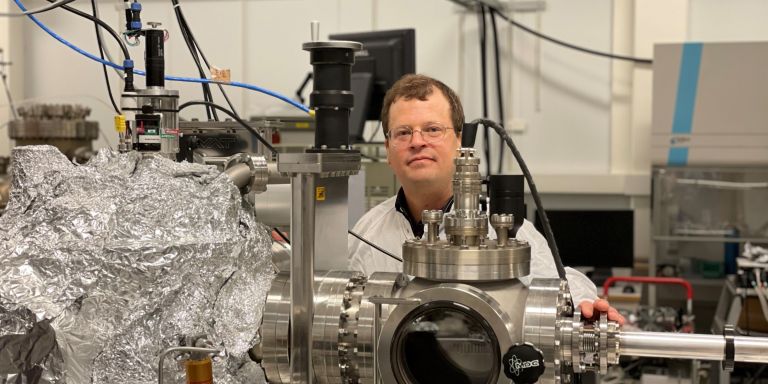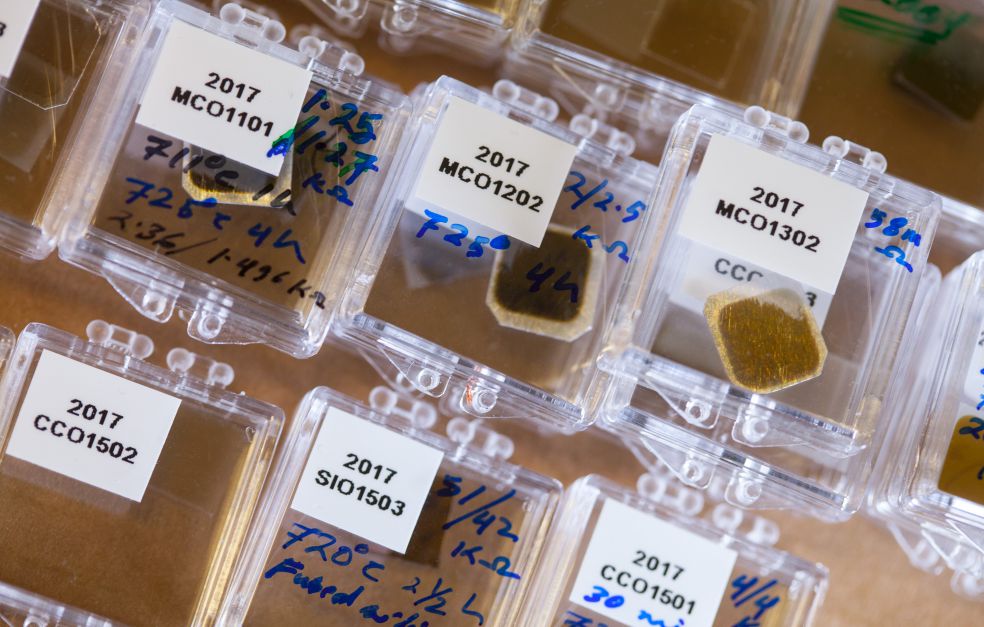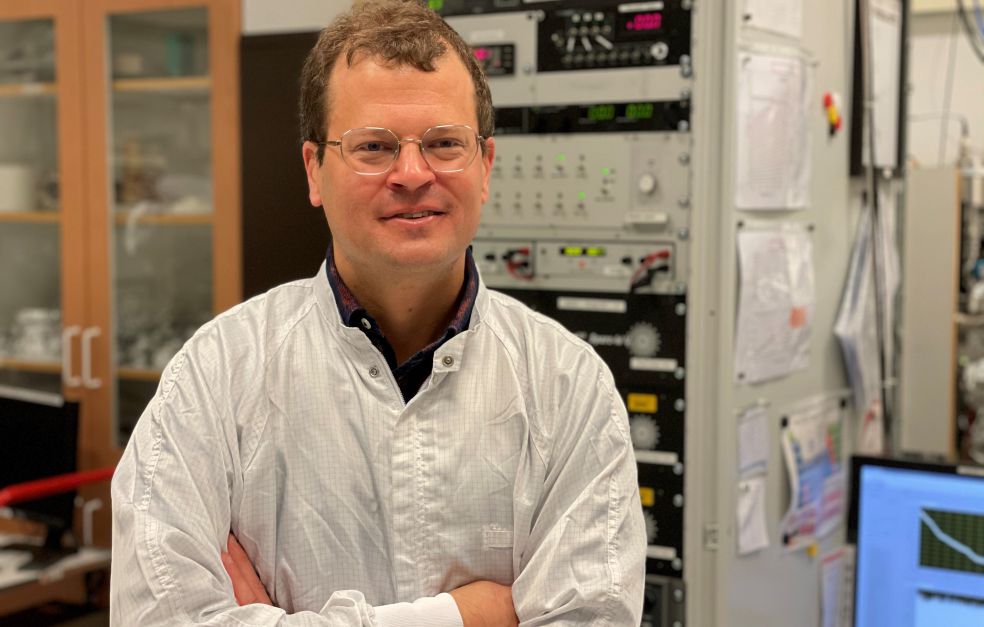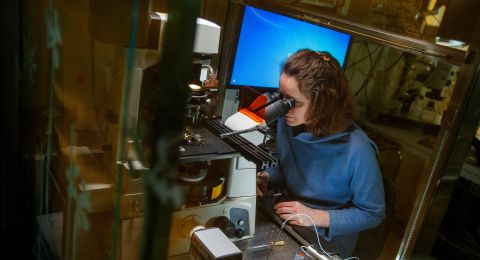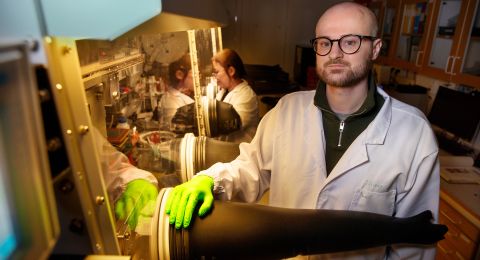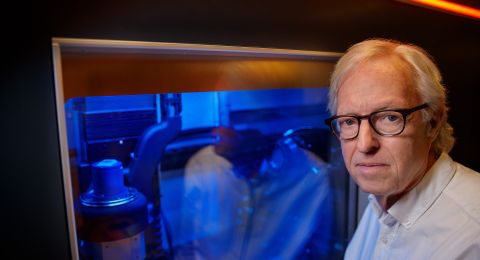By controlling nanoscale structures, Per Eklund’s research enables him to build materials with completely new properties. Among other things, he is researching thermoelectric materials capable of converting heat into electricity.
Per Eklund
Professor of Inorganic Chemistry specialising in materials
Wallenberg Academy Fellow, prolongation grant 2020
Institution:
Linköping University
Research field:
Thermoelectric materials
“We’re developing methods to make thin, mechanically flexible films whose composition and nanostructures we can control. This enables us to control their thermal and electrical properties. But the methods also have much wider applications; they can be used to tailor almost any property.”
Eklund is a Wallenberg Academy Fellow at Linköping University. Among other things, he has developed methods of producing new thermoelectric materials. These are materials that are able to convert temperature differences between different parts of a material into electric current. All materials can do this to some extent, but to work properly, heat must be converted into electricity efficiently. In addition, the material should be a good conductor of electricity but a poor heat conductor. It is unusual for a material to tick all three boxes. If one of the properties is enhanced, the other two usually also change. But Eklund and his fellow researchers have managed to achieve good thermoelectric properties in thin films built from multiple materials, including oxides, and chromium nitride.
New properties born of disorder, pores, and layers
Underlying the research is the fact that heat may be conducted in a material either by electrons, or by a conductive crystal lattice. So here, poor heat conductivity is a desirable property in thermoelectric materials, but not at the expense of electrical conductivity. Eklund achieves this by controlling crystalline materials so their structure resembles that of glass.
“We want the material to be disordered. If heat is conducted in the lattice, and the lattice is removed, heat conductivity will be very low. We can achieve this by using alloys of various kinds, by doping the material, or by introducing defects. We introduce structures that spread heat.”
The team has also been successful in making nanoporous materials that conduct current efficiently but conduct heat poorly due to the pores. Eklund has developed new ways of controlling the size and distribution of the pores. He is also working with layered materials, in which different kinds of atoms are stacked on one another in sheets. He has found a new mechanism that enables him to replace individual layers of atoms in the material.
“We can use both methods to develop thermoelectric properties, but not only that – there are much broader applications.”
Pure science the most fun
The main use for thermoelectricity is where mains electricity is not available, where batteries are a poor option, and solar panels do not work or are not reliable enough. Military equipment is one example. Another use is in sensors in inaccessible places, such as smokestacks. Eklund says the hard part is developing materials suitable for large-scale use. One vital step has been to use raw materials that are considerably more common than those predominantly found in current thermoelectric components, like the extremely rare element tellurium. But mass applications remain a long way away.
“There are niche markets, but the technology is not ready for wider use. I think the solution is to start in those niches and gradually expand them. One example is electric current for sensors in inaccessible locations. This is a field where considerable progress has been made, but where the technology is not yet used.”
Eklund’s group has been collaborating with a company that has developed a thermoelectric component that makes use of surplus heat. Although it is valuable to lay the foundation for commercial products, he emphasizes that he is engaged in pure scientific research.
“What I find most enjoyable scientifically speaking is to develop general methods that can be used in a wide variety of contexts, such as finding new ways to make porous or layered materials. Thermoelectric materials are just one example of how properties can be controlled. Our aim is to use our new synthesis methods to control materials so they behave exactly as we want them to.”
“The renewed grant I’ve received as a Wallenberg Academy Fellow gives me the security to take on a real challenge. It’s a privilege.”
The best times are when a member of the team comes up with a surprising result. It may be promising or merely confusing. They have discovered something they had not expected when they started out.
“When I react by saying ‘that looks interesting, but I don’t understand it’, and we sit down and take a look at it from different angles – those are the discoveries that give me most pleasure.”
Text Lisa Kirsebom
Translation Maxwell Arding
Photo Megan Dorri, Magnus Bergström

